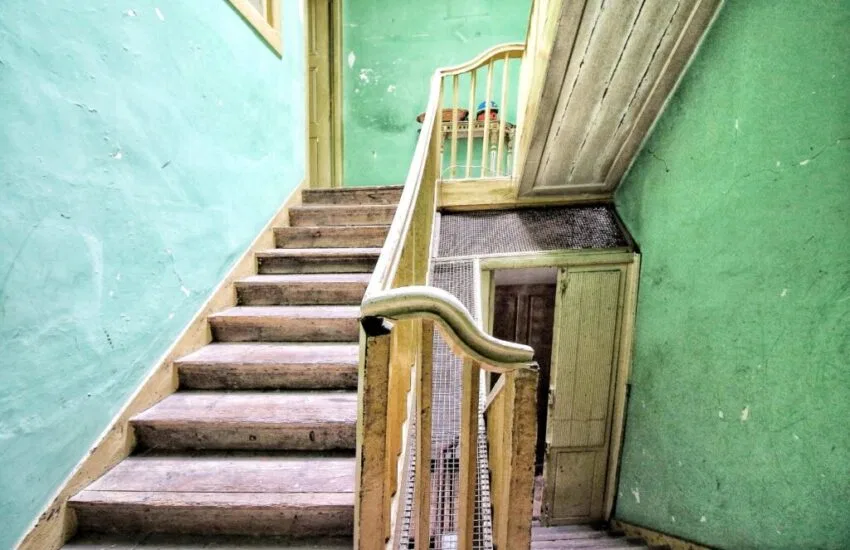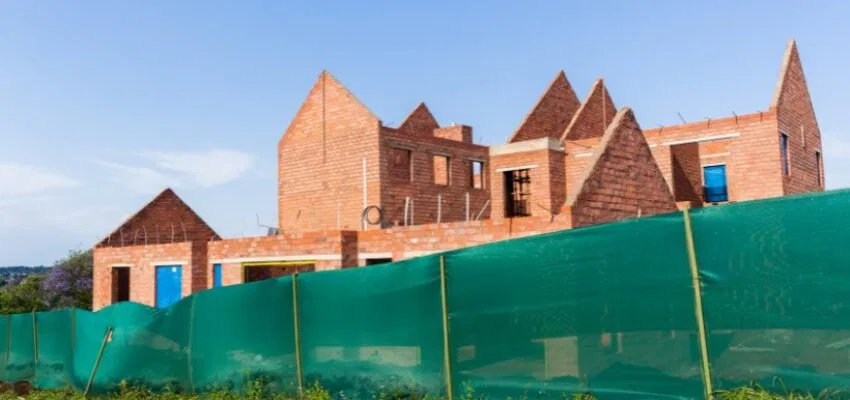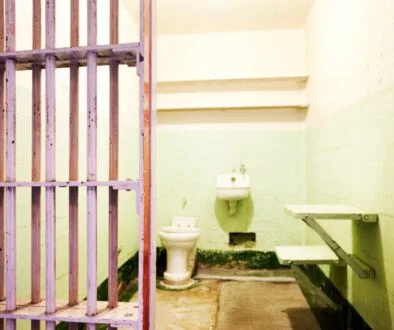What is a Halfway House? Here’s Why You Should Consider It

Published May 14, 2023
If you or someone you know has ever struggled with addiction or been in the criminal justice system, you may have heard of halfway houses. But what’s a halfway house, and how does it work? In this article, we will explore the concept of halfway houses, their purpose, and how they can help people transition back into society after addiction or incarceration.
What is a Halfway House?
Also known as a sober living home or transitional living facility, a halfway house definition: is a residence designed for people who are in recovery from drug or alcohol addiction or transitioning from incarceration to the community. Halfway houses provide a safe and structured living environment where residents can receive support and guidance as they work to rebuild their lives.
The purpose of a halfway house is to provide a supportive and structured environment for people in recovery from addiction or transitioning from incarceration to the community. Halfway houses offer a range of services and resources to help residents rebuild their lives, including:
- Educational opportunities: Some halfway houses offer classes or workshops on a range of topics, such as financial management, health and wellness, and life skills.
- Support groups: Residents may have access to support groups that focus on addiction recovery, criminal justice reentry, or other specific issues.
- Job training and employment assistance: Residents may have access to job training programs, job placement services, and finding employment.
- Substance abuse treatment: Many halfway houses offer on-site substance abuse treatment or referrals to outside treatment programs.
- Counseling and therapy: Residents may receive individual or group counseling to help them address underlying issues related to addiction or criminal behavior.
Brief History
Halfway houses have been around since the late 18th century, but they were not used as a formal part of the criminal justice or addiction treatment systems until the 1960s and 1970s. The concept of halfway houses was popularized by Alcoholics Anonymous (AA) and Narcotics Anonymous (NA), which recognized the need for supportive housing for people in recovery. Today, halfway houses are a common part of many countries’ addiction treatment and criminal justice systems.
Who Can Live in a Halfway House?
Halfway houses are typically available to individuals who have completed a drug or alcohol rehabilitation program or served a portion of their sentence in prison or jail. Residents must be committed to maintaining sobriety or complying with their probation or parole terms.
Living in a Halfway House
Living in a halfway house can require a substantial adjustment, so it is essential to be well-prepared. First, speak with current or former residents to determine what to expect. Next, familiarize yourself with the rules and regulations of the halfway house and identify any possible support systems, such as counseling or medical care, that you might need. Finally, pack only the clothing and personal items necessary for your stay.
Many facilities require residents to maintain employment, with a portion of their wages applied to their rent. However, government agencies or non-profit organizations may fund some halfway houses and offer free or low-cost housing.
Halfway House Rules
Halfway homes have distinct policies to ensure the safety and sobriety of their residents while promoting the development of general life skills, employment opportunities, interpersonal relationships, and other related abilities. These policies can vary depending on the facility and its expectations and requirements. However, certain regulations are common across most halfway homes.
Abstinence is a common requirement for residents, which prohibits them from using alcohol and other drugs, with random testing often implemented to ensure compliance. Halfway houses also typically prohibit the possession and use of drugs, alcohol, and related paraphernalia.
Residents may also be recommended or required to attend twelve-step meetings and work with an AA or NA sponsor. In addition, rules regarding conduct and curfew are typically implemented to promote a safe and respectful living environment. This can include prohibiting physical and verbal fighting and honesty infractions such as stealing, with a set curfew in place for residents to return to the building at night.
Visitation rules are also common in halfway houses to ensure the safety and security of residents and staff. These may include regulations about the number of visitors a resident can have at a time and procedures for pre-approving guests. Minors can usually visit adult relatives in a halfway house if they are accompanied by a parent or guardian.
Violating rules in a halfway house can have serious consequences. For instance, federally funded halfway houses commonly serve residents who were released from prison, and rule violations may impact their conditions for release. Other halfway houses may allow a certain number of violations or warnings before a resident is asked to leave.

ADVERTISEMENT
Are Halfway Houses Effective?
The success rates of halfway houses can vary depending on several factors, such as the individual’s commitment to recovery, the quality of the halfway house program, and the availability of supportive resources.
If you or someone you know is interested in living in a halfway house, it’s important to be prepared for the rules and regulations of the program and to identify any support systems you may need. Halfway houses have been shown to be an effective resource for individuals in recovery or transitioning from incarceration.
Reduce Your Jail Call Costs By Up To 90% Per Minute With GlobalTel
GlobalTel’s inmate calling service lowers jail call per minute rates by up to 90% for jail calls from US facilities. Sign up now and use the special jail call phone number we create for you to eliminate the long distance jail call fees. Try GlobalTel for only $45.99 for 90 days. Make US/domestic and international jail calls at the local rate and stay connected to your incarcerated loved ones for less. Learn more about how to sign up for calls from inmates here.

This Content Is Fact Checked
Our esteemed team of specialists has thoroughly validated the accuracy of this information. Discover further details about the rigorous editorial guidelines for our website here.
ADVERTISEMENT

About The Author
Krizzia Paolyn is an SEO Specialist with a bachelor’s degree in Psychology. It has always been her passion to share her voice, and at the same time, to encourage other people to speak up.




